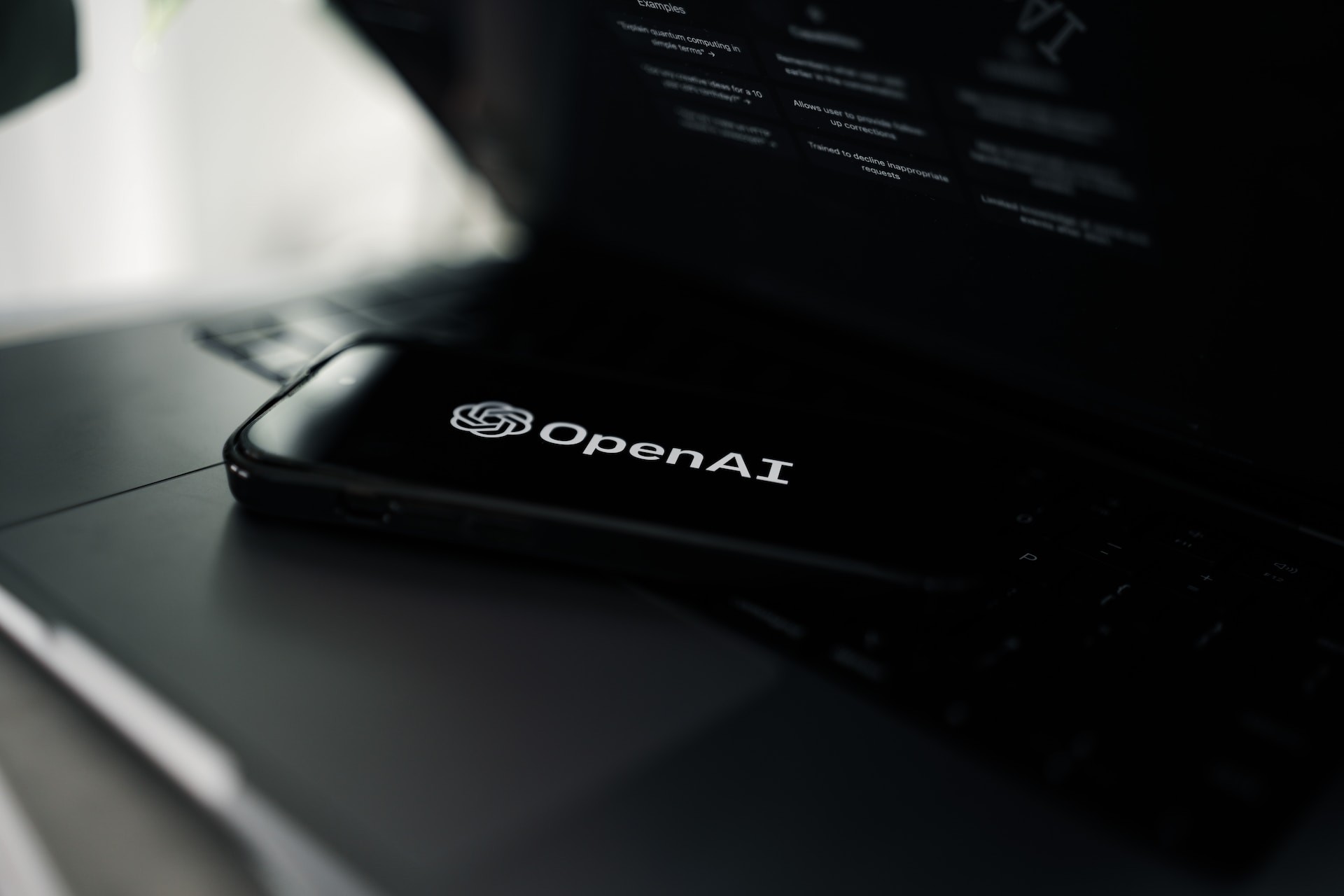Angular vs React: Which Should You Choose for Frontend Development in 2024?

With individuals and organisations racing to establish their online presence and grow, there’s a growing demand for web and mobile development services, and the professionals who provide them.
One of the in-demand technologies for these services is JavaScript libraries and frameworks like Angular and React, as they facilitate quicker and improved development. Both technologies offer a plethora of features and advantages; so, which one should you choose for your next project, Angular or React? Let’s first understand the two and then compare.
What is Angular?
Angular is a JavaScript framework that you can add to HTML pages in <script> tags. Released by Google in 2010 as Angular JS, it quickly gained popularity thanks to it being an open-source platform based on Typescript, which facilitated the easy development of single-page apps.
Today, Angular is known as a structural framework that allows developers to build dynamic web apps and to use HTML as a template language, using its syntax to express the components of the app succinctly. Angular also supports the MVC programming structure.
Why Should You Use Angular?
Angular provides a structure to organise code and a suite of tools and features to implement routine tasks.
Why use Angular? Because you get:
- Long-term support from Google for Angular means the ecosystem is being continuously scaled, boosting confidence in the framework.
- It offers detailed documentation for developers so that they have everything they need in one place.
- It entails less coding and enables the creation of uber-fast apps. Thanks to TypeScript, it can recognise errors and rectify or eliminate them in the early development phase itself.
- It offers cleaner coding, which ensures an environment free of contradictions.
- Angular organises code types in separate boxes as modules so that developers need not spend time wondering what a service, component, or anything else is. The modules separate elements into pieces that can be reused and simplify the structuring functionality of the app.
- It is excellent for building single-page apps and dynamic forms. SPAs are single HTML pages that update dynamically as the user interacts with them. Angular’s set of tools helps in validating forms and supports reactive forms.
- It can be easily integrated with backend services like APIs thanks to its HTTP client and dependency injection system.
- The routers enable developers to describe and deploy nested routes, lazy loading and other complicated routing patterns.
- The support provided by Angular for real-time technologies facilitates the development of apps that update in real-time.
- It’s a feature-rich, robust framework that enables the creation of complex, scalable web apps.
Who Uses Angular?
Over 500 renowned companies across the world utilise Angular today. Flexible and diverse, it is reliable for a wide range of purposes from gaming to software. These are the top companies that use the framework:
- IBM
- Microsoft
- Upwork – the largest platform for freelancers, uses Angular to ensure smooth functionality.
- Paypal – one of the most popular payment gateways, uses Angular for its checkout system and makes it very secure.
- Samsung
- Forbes
- The Guardian
- Deutsche Bank
Key Features of Angular
- It helps create forms and validate them
- It helps to separate UI and logic deployed in the business
- Save time with TypeScript
- Get excellent support for handling errors from the Angular community
- Angular CLI enables seamless updates
- The code is clearer, hence simple to comprehend
- It offers the use of local cascading style sheets and shadows DOM
What Is React?
React is a JavaScript library that was developed by Facebook. It was made open-source in 2013. It is user-friendly and can be implemented easily. It is used to build interactive UI for different platforms.
As it uses a server-side rendering framework, React is flexible and enhances the performance of webpage rendering. Easy to maintain, it facilitates improving existing apps thanks to its components, which are self-contained. React is fast replacing other development frameworks due to its superior performance.
Why Should You Use React?
We know that React was designed to simplify the development of UI components that are reusable; it is also excellent for developing dynamic and interactive applications. Why use React?
- SPAs and mobile apps can be easily built using React tools
- The component-driven architecture facilitates the making of reusable UI components that can be used throughout an app
- The virtual DOM if React enables UI updating effectively simply by rendering only those DOM components that have changed instead of the whole DOM
- A flexible framework, it integrates smoothly with APIs and other libraries
- It is super easy to learn and implement, SEO-friendly, and fast, leading to quicker load times and higher rankings in search results
- As it can work with similar code for the client and server side of an app, it is fast, popularising it with search engine crawlers and users
- Testing is simplified as React looks at views as specific state functions
- It has exceptional support from Facebook and the React community of developers
Who Uses React?
A State of Developer Ecosystem Survey conducted in 2018 concluded that over 60% of developers all over the world use React. Additionally, Facebook is the most widely used social network with a massive user base – and it uses React for its mobile app.
Apart from Facebook, these companies use React:
- Yahoo
- Netflix – one of the most popular media streaming platforms, uses React to improve modularization and runtime speed, especially for low-performance devices.
- Dropbox
- Atlassian
- Uber Eats
Key Features of React
- Permits the use of third-party libraries
- Saves time
- Quick development
- Stable code thanks to uni-directional data binding
- Simple composable
- Reusable components
- Increased productivity
- Enables improvement of overall app performance
Popularity Growth: Angular vs React JS
Both frameworks have rapidly risen in popularity among developers, with Angular getting 85.1k stars and React getting 198k stars. It must be remembered, however, that while Angular is a full-fledged framework, React is a library only. Despite this, it has more stars as it was released before Angular. So, in Angular vs. React popularity, React seems to be the leader for now.
Angular and React JS Use Cases
Both frameworks are popular and used to build web apps, often for SPAs. Some common use cases are given below.
Angular projects are usually large and complex, while React projects feature reusable components.
Angular:
- Create dynamic forms
- Build complicated large-scale SPAs
- Implement composite routing
- Include real-time functionality
- Integrate with backend APIs
React:
- Build mobile apps and SPAs
- Build reusable UI components
- Optimise performance by reducing the number of elements to be rendered again
- Third-party library and API integration
Reactjs Vs Angular Performance
Both Angular and React are excellent at performance enhancement. Angular in JavaScript has an established programming level that enables continuous performance improvement as it has everything that can optimise coding practises.
Projects that don’t require a two-way data binding facility can make use of earlier Angular versions and simplify the task significantly. The $cacheFactory is an Angular API that is used to build cache objects and record key-value data in them. It offers better memorization and can be used for data recalculation.
Angular drives the developer portal of Deutsche Bank; it functions as a point of access for global companies that want to integrate the transaction systems of the bank with their web software for speedy development.
Developers face problems when dealing with complex logic and are unable to use them again in other projects; ReactJS resolves this issue with its reusable components. This boosts productivity and optimises coding practises. It is very flexible; from the finer components to the root components, they can all be reused.
Testing in Angular and React JS
As JavaScript is dynamically typed, achieving testing goals completely is daunting; ergo, JavaScript-written code needs robust sets of tests. Code units can be isolated in Angular and are written with testing capability in mind. Dependency injection is inbuilt in Angular; it simplifies passing component dependencies and is able to simulate components. It is preferred to simulate components that don’t exist in the testing environments while creating the tests. Tests can check other parts of the function and foretell interactions.
As mocking functions are available in React, tests are quite predictable. In React, test sets are continuously executed and test cases are run as part of development. It offers Mocha, Jest, Ava, and other test runners that can run tests while the development is ongoing. Jest is compatible with timers, JSDM support, and mocked modules, while Mocha is a library that supports simulations like real browsers and is compatible with requirements specific to browsers.
Maintainability of Code: Angular vs. React JS
When you have to choose a framework for web app development, you have to think about code maintainability. Angular offers numerous inbuilt features and tools as the framework is feature-rich; this helps in maintaining complex apps. As Angular uses Typescript and its architecture is based on components, it facilitates better type-checking and a clear division of concerns.
React, on the other hand, is lightweight, focusing on an app’s view layer. It has fewer features compared to Angular, but is easy to use and flexible, making integration into various projects simple.
Therefore, which framework you want depends on the requirements of individual projects.
Server Rendering in Angular vs React JS
Server rendering is a technique used for enhancing web app performance by rendering the HTML on the server initially instead of the client. This is especially useful where the internet is weak, devices are low-powered, and search engines need to index the app content.
Both frameworks support server rendering though the methodology differs.
The Angular Universal library facilitates server rendering in Angular, helping to boost app performance. The app’s opening HTML is rendered on the server and then sent to the client.
Server rendering in React is achieved when the components are rendered to static HTML on the server, and then that HTML is sent to the client, usually with the help of Next.js or similar libraries.
Angular vs React: Advantages and Disadvantages
By comparing the pros and cons of both frameworks, we can learn about the difference between angular and react.
React Advantages
- Simple syntax and design make learning easy
- Many processes can be automated thanks to the ‘codemod’ feature from Facebook
- React skills help development in Native
- It can manage huge loads with relative cases with ease, in combination with ES6/7
- HTML-like syntax enables developers to build templates with in-depth documentation
- Excellent server-side rendering support makes it a solid framework for apps that are content-intensive
- It is easy to migrate between different versions
Disadvantages of React
- When integrating into a traditional MVC framework you need complicated configurations
- Developers must be intricately familiar with ReactJS to perform UI integrations into the MVC framework
Advantages of Angular
- Easy and clean coding
- Seamless updating with Angular CLI
- Easily handles routing and toggling between views
- Increases app efficiency and performance
Disadvantages of Angular
- Has a steeper learning curve
- Features can confuse new users
- It’s not easy to integrate with third-party apps
- Moving between different versions can be problematic
- Embedding interactive elements in its UI slows down the loading
Angular vs. React: Which One Should You Use?
We have seen the features of Angular and the features of React and their merits and disadvantages; the truth of the matter is that which framework you need to use depends on your team and your project.
Angular is a comprehensive solution, while React is very flexible and adaptable. React allows you to start a project immediately, as it’s easy, but it can get complex in the future. You also need to be experienced in working with other frameworks of JavaScript to maximize the entire potential of React.
As Angular is full-fledged and complex, developers need more time to learn it, but once you master it, you’ll see that it is easier to maintain and expand on and is particularly useful for large projects.
We can see that the answer to Angular or React which is easy to learn, is React.
Conclusion
Both technologies offer many similar advantages but have specific benefits that only each offers. Some of their features are unique, making each of them irreplaceable for that specific purpose.
Angular and React are both used for building a range of web apps and which one you need to use depends on the project requirements and personal or team preferences. Both can be combined with other frameworks and tools to develop robust and feature-packed apps. Both frameworks are powerful and have evolved a great deal with regard to facilitating quick development. Therefore, React vs. Angular, which is better, completely depends on individual cases.
FAQs
- How is React different from Angular?
Angular is a full-fledged framework, while React is only a library. React uses virtual DOM and one-way binding, while Angular uses real DOM and two-way binding. React is faster and smaller in size than Angular. - Is Angular better than React?
React has an edge over Angular because of its virtual DOM, rendering optimisation, and easy switching between versions. Updates can be installed all at once in React, and also, developers can access a wide suite of pre-built solutions. - Can I learn Angular if I know React?
Yes, you can. React is easier to learn, and Angular will take time, but having a foundation in React can make it easy to learn Angular. - Why is React faster than Angular?
The virtual DOM used by React allows changes to be made without rewriting the entire HTML document, rendering updates faster.
- Top 20 Advantages and Disadvantages of Social Media
- Top Advantages, Disadvantages and Limitations of Ecommerce - A Complete Guide
- Top 20 Advantages and Disadvantages of Digital Marketing
- Scope of eCommerce: The Future of Online Shopping in India
- Top 11 Advantages and Disadvantages of RDBMS You Should Know
Discover Digital Transformation
Please feel free to share your thoughts and we can discuss it over a cup of tea.



